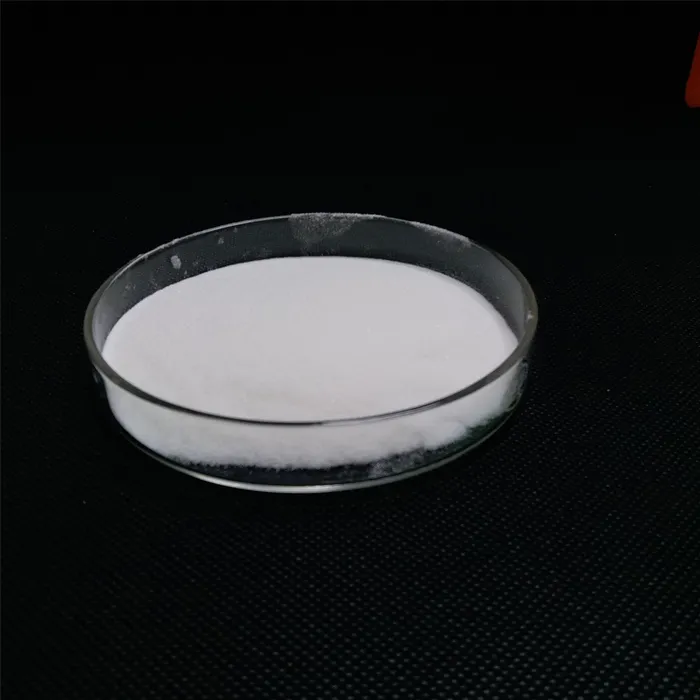The Functionality of Polyacrylamide in Various Applications
Polyacrylamide (PAM) is a synthetic polymer derived from acrylamide monomers, widely recognized for its versatile applications across multiple fields, including agriculture, water treatment, and biomedical sciences. The unique properties of polyacrylamide make it an invaluable material in both industrial and research settings.
The Functionality of Polyacrylamide in Various Applications
In agriculture, polyacrylamide serves a crucial role in soil management and water conservation. The polymer can hold moisture within the soil, reducing irrigation frequency and conserving water resources. This is particularly beneficial in arid regions, where water scarcity poses significant challenges for crop production. Moreover, PAM helps improve soil structure, leading to better root penetration and nutrient uptake, ultimately resulting in enhanced crop yields. Additionally, it can reduce soil erosion by stabilizing soils and increasing infiltration rates.
polyacrylamide function

Polyacrylamide is also prominent in the field of biomedical research, particularly in gel electrophoresis, where it serves as a medium for the separation of nucleic acids and proteins. The polymer's adjustable cross-linking density allows scientists to manipulate pore sizes, enabling the separation of various biomolecules based on size and charge. This makes polyacrylamide gels an essential tool in molecular biology labs for DNA sequencing, protein analysis, and other biochemical research.
Furthermore, recent studies have explored the potential of polyacrylamide in drug delivery systems. Its biocompatibility and tunable properties make it a suitable candidate for encapsulating therapeutic agents, allowing for controlled release and targeted delivery. This could enhance treatment efficacy while minimizing side effects, marking a significant advancement in the field of drug development.
Despite its numerous advantages, it is important to acknowledge the environmental concerns associated with polyacrylamide usage, particularly its biodegradable nature. Research is ongoing to develop eco-friendly alternatives and biodegradable forms of PAM that can minimize environmental impact while retaining its beneficial properties.
In summary, polyacrylamide is a multifunctional polymer with wide-ranging applications in water treatment, agriculture, and biomedical fields. Its ability to enhance flocculation, conserve water, facilitate molecular separation, and improve drug delivery exemplifies its importance in modern science and industry. As research continues to evolve, the future of polyacrylamide appears bright, promising even more innovative applications while addressing environmental challenges.

